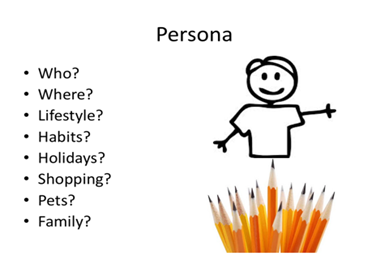Some universities are attempting to map the student journey in order to better understand the student experience. In this blogpost consultant Jean Mutton explains how service design techniques can help to develop a deeper understanding about what is driving students.
In recent times, we have heard a lot of universities say that they are putting the ‘student at the heart of what we do’ and the ‘student experience’ has become a Key Performance Indicator for some. At the same time, many organisations are looking to be more effective whilst reducing costs. Too much to ask? No, not really, but it depends on how you go about it.
A key approach which is rapidly gaining ground in the HE sector is to use human-centred design to make services more useful, usable, and efficient. There is already plenty of evidence of how this approach has impacted on public service delivery – for one example see the SPIDER project.
A good place to start is to map out the student journey to better understand what the ‘student experience’ looks like from the student point of view. Using the tools and techniques of service design such as storyboarding and service blueprinting can help you capture the holistic service experience – both top level personal interactions and also the back office processes which support them.
In order to put together a student journey map it is helpful to build up a set of a dozen or so personas, which should reflect the constituent characteristics of your student body – ethnicity, modes of study, gender, undergraduate and postgraduate etc.
Personas also give everyone involved a deeper understanding of what is driving students and also what de-motivates them, providing the often missing emotional connection. A set of personas can be drawn up quite easily, starting out with just some blank paper and pens, ideally in a workshop setting, by key staff who work closely with students and by the students themselves.

For the next step, it should be decided what aspect of the student journey is being mapped – is it at a service interaction at a micro level, or is it the macro ‘end-to-end’ student journey? If the former, there will need to be a lot of detail captured about the ‘felt experience’ and who is providing both the front office and back office support should be clarified.
One benefit is that in drawing up the map, staff working in various departments will gain a better understanding of how ‘their bit’ fits into the grand scheme of things, by making them step outside of their silo and see the service journey through the eyes of the student, the end-user of the service.
For example, a key aspect of the student journey is communications – by mapping comms across the institution you will get an insight into just how confusing uni life can be. A personal anecdote here demonstrates this – when my son was accepted at one of the large Yorkshire unis he received a letter on a Wednesday from his department, wanting to be the first to welcome him. Great you may think – so did he. The next day, he got a letter from the Students’ Union, also welcoming him, and wanting to be the first to do so. Okay….., he thought. By the time he got the letter on the Friday from the Accommodation Department, also wanting to be the first to welcome him, he was getting just a little sceptical. And that was before he had even started!
In my 30 years working in the HE sector, I have used lots of different approaches to improve systems and procedures and I am a fan of Lean, Systems Thinking and Design Thinking, but for me, the best one that can really evidence impact and get to the heart of making sustainable change is Service Design. This is why I have teamed up with the award-winning service design company Snook to deliver a series of training workshops specifically for the sector.
The next event is in Lancaster on 5 May. For more details please get in touch, or visit the event webpage.
We will also be running a session on behalf of SROC in July – more information soon.
Jean Mutton is a consultant in service design who has worked in higher education institutions, including the University of Derby, where she co-authored a Guide to Service Design for FE and HE.








